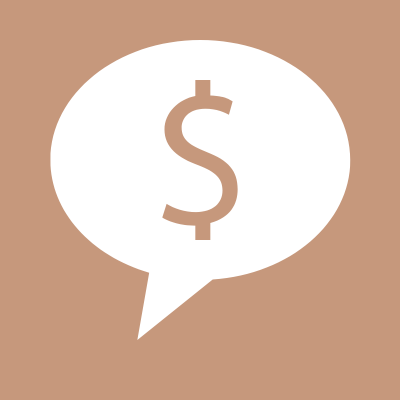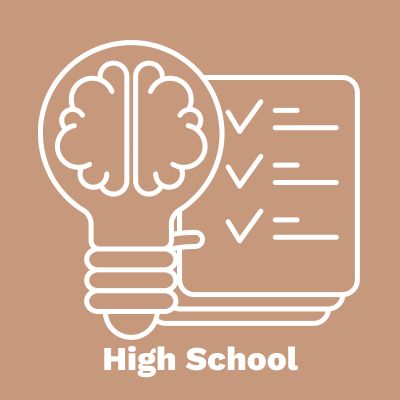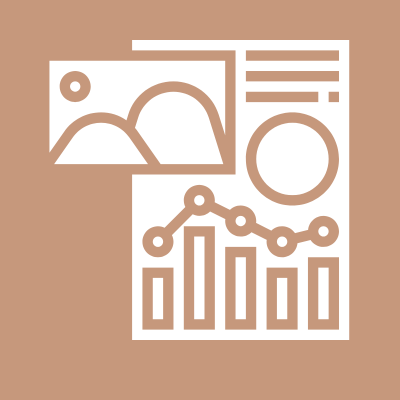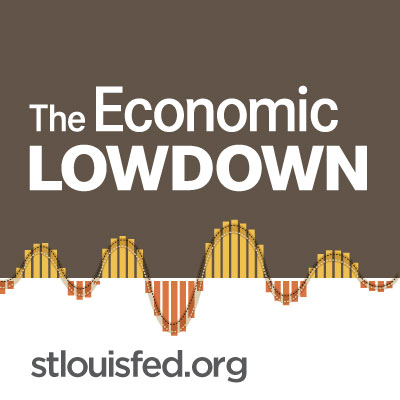Benjamin Franklin and the Birth of a Paper Money Economy
Learn about the history of paper money in the United States.
{{searchResultSnippet}}
 Back to All
Back to All

Michael Lambert, associate director for the U.S. Currency Program at the Federal Reserve Board, discusses how the annual order for new currency is determined.
So, we decide how much to order every year. We start that process in the springtime and essentially what we're doing is we're looking at policy and operational factors that affect, sort of, the demand for cash. So, what does that mean? Well at the operational level, we're looking at the amount of currency that we destroy because it's no longer fit for recirculation, so that's part of a process our reserve banks are involved in. They process the money that comes in, and we decide is it genuine and is it fit? If it's both of those, we put it back into circulation. And if they're unfit, we destroy it. The destruction part of that is a big piece of what we're replacing every year when we do the annual print order. So, that's one piece. The other part of what we do is we look at the growth rate by each denomination, so ones, twos, fives, tens, twenties, fifties, hundreds. We look at what we paid out to the public. We look at what the public has sent back to us through the banks and then we decide what is the growth rate for each of those denominations, and so, it's the growth rate and the destruction rate that really drives the overall order. We place that order once a year. Fortunately, we have one printer, The Treasury's Bureau of Engraving and Printing, and if we ever need modifications to the order, we have that available to us. For example, during the global financial crisis, there was an amazing amount of demand for hundred-dollar notes from abroad. And so, we wanted to make sure that we can meet those orders. And so, we adjusted the order in that case. But, typically, we place an order that year and we don't adjust it. We don't have a need to adjust it during the course of the year.

Benjamin Franklin and the Birth of a Paper Money Economy
Learn about the history of paper money in the United States.

Know the $20 Table Tent
Learn how to test if a banknote is real.

Econ Lowdown Podcast Series
21 Economics audio assignments for your classroom

Dollars in Detail Brochure
Learn about the U.S. currency.

Quick Reference Card
Learn how to identify banknote counterfeits.

Decoding Dollars: the $20 Brochure and Poster
Learn about security features of a $20 bill.
{{resourceTitle}}
{{resourceBlurb}}